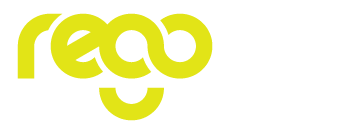Runner’s Knee – How to treat if you run into problems
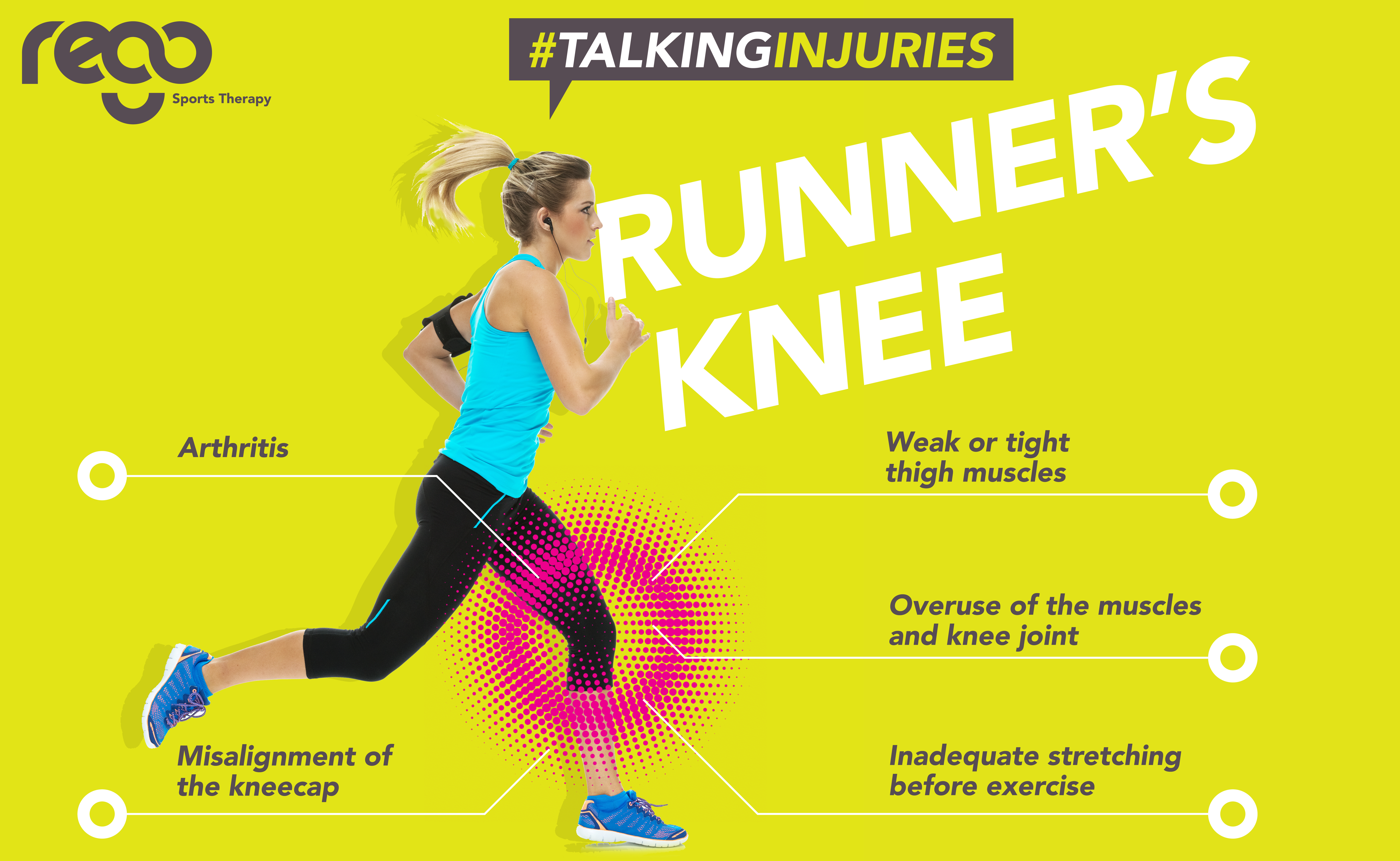
Runner’s Knee is quite frankly, a right royal pain in the… erm knee!
It’s one of the most common and frustrating injury niggles for runners with many underlying causes – mainly a combination of musculoskeletal imbalances, but the symptoms can vary.
I’ve treated a few clients with the symptoms of Runner’s Knee, so let’s have a look at the signals.
Some of the causes:
- overuse of the muscles and knee joint
- misalignment of the kneecap
- weak or tight thigh muscles
- inadequate stretching before exercise
- arthritis
Here’s what to look out for:
Front of the knee pain – The tracking of the kneecap (Patella) over the lower part of the thigh bone (Femoral Groove) may be slightly misaligned causing pain around the front of the knee or the sides of the kneecap. Aching when resting and sharp pain when using the knee are common symptoms.
Knee crunching – You may experience a grinding or crunching sensation within the knee (Crepitus). This symptom is more common after rest, such as when getting out of bed in the morning.
Pain worsens when moving – People with Runner’s Knee will often experience pain, and popping noises when squatting from a flexed knee to a standing position. This is also common when climbing stairs.
Knee swelling – Swelling is a sign of inflammation and may result in a limited range of motion of the knee joint.
Stiffness – After periods of rest, some stiffness of the knee joint may be felt. Stiffness is also common after the knee has been in a flexed position for long periods. For example, while driving.
If you’re experiencing signs and symptoms of Runner’s Knee then first get it checked by a doctor or specialist. This is to make sure the diagnosis is accurate and any other underlying conditions are eliminated before planning the right treatment.
What you can do to treat Runner’s Knee:
- R.I.C.E. In the acute or early stages of experiencing the symptoms Rest, Ice, Compression, and Elevation may be advised to control the swelling and prevent further damage to the joint or surrounding tissues.
- Soft Tissue Massage can help to manipulate the muscles and ligaments that surround the knee. For example, tight Quad muscles can be restored through massage to help normalise mobility, ease tension, and improve flexibility.
- Exercises and stretches to help strengthen the muscles surrounding the knee and hip, stretch any tight muscles, and retrain the muscles to contract appropriately during sports and activity.
- A knee support or taping to encourage proper tracking of the patella during knee movement.
Adopt regular stretching
Always stretch before and after a run
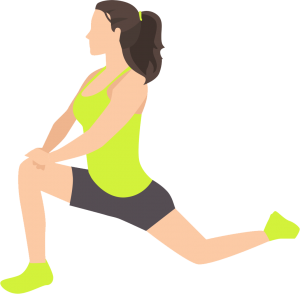
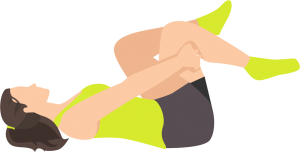
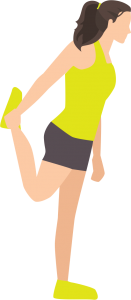
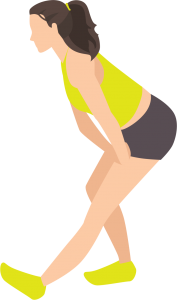
5. The Calf – The calf muscle is found on the back of the lower leg and is responsible for pointing the foot. The top part of the muscle attaches above the back of the knee and the lower part forms the connective tissue called the Achilles Tendon. During running the calf muscle is engaged when we push off each stride. It’s vitally important that the calf is stretched regularly. To do so, lean against a verticle surface with one leg forward and bent, and the other behind and straight. The calf muscle you will be stretching is the straightened back leg. Hold each stretch for 10-15 seconds and repeat 3 times on each leg.
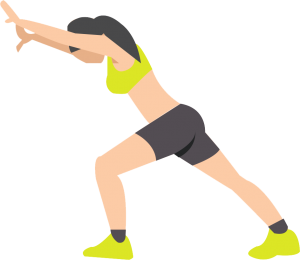
6. The IT Band – The IT Band isn’t a muscle but a large piece of connective tissue running the length of the upper leg from the lower glutes to the outside of the knee joint. Runners often complain of tightness in this area. It’s notoriously difficult to stretch the IT Band but one exercise that will help is to sit on the floor with one leg crossed over a straight leg. Using your forearm to pull the crossed leg in towards the body will create a stretch from the glutes to the knee. Hold each stretch for 15-30 seconds and repeat 2-3 times on each leg.
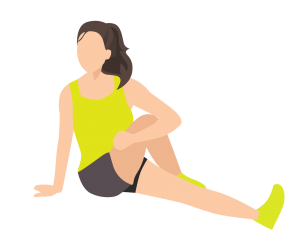
If you would like to discuss this topic or any other please get in touch with Mike at ReGo Sports Therapy.
